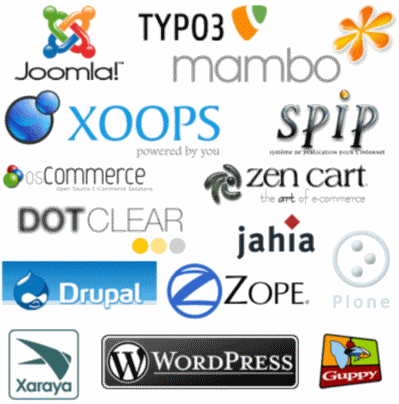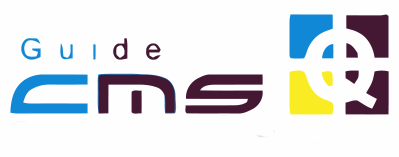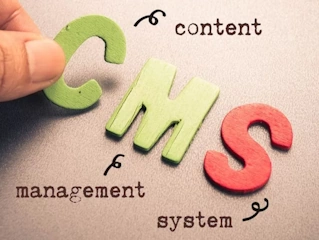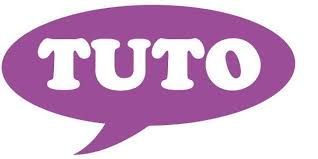A Content Management System (CMS) is a software platform that allows users to create, manage, and modify digital content on a website without needing specialized technical knowledge or coding skills. Technically, a CMS typically consists of several components that work together to enable efficient content management, content presentation, security, and scalability. Below is a highly detailed technical description of the architecture, components, and processes involved in a CMS.

1. CMS Architecture Overview
A CMS follows a layered architecture, separating concerns between content management, presentation, and data storage. The main components of this architecture are:
a. Frontend (Presentation Layer):
The frontend is the part of the CMS that the end user interacts with. It is responsible for rendering the content on the web page and presenting it to users. The frontend typically includes:
- HTML/CSS: HTML (HyperText Markup Language) provides the structure of web pages, while CSS (Cascading Style Sheets) is used to style those pages (e.g., layout, colors, fonts).
- JavaScript: JavaScript is used to make the site interactive, including dynamic elements like dropdown menus, forms, and real-time content updates. Many modern CMS platforms integrate JavaScript frameworks (e.g., React, Vue.js, or Angular) for more dynamic, single-page applications (SPAs).
- Templates/Themes: CMSs typically use templating engines to generate dynamic HTML pages from content stored in the backend. Templates define the structure of the content (e.g., headers, footers, sidebars) and inject content dynamically into the page. Popular templating engines include Twig, Smarty, or built-in systems like WordPress's PHP-based templates.
b. Backend (Business Logic Layer):
This is the core part of the CMS that processes user requests, retrieves or updates data, and communicates with the frontend. The backend generally includes:
- Controllers: In an MVC (Model-View-Controller) architecture, controllers handle incoming user requests and invoke the appropriate actions, such as fetching content or processing a form submission.
- Models: Models define the data structures used by the CMS. For example, a "Post" model may include fields such as title, body text, publish date, and author. These models map to database tables or collections.
- Content Management Engine: This is the core engine responsible for content creation, editing, and publishing. It often includes an editor (e.g., WYSIWYG editor) to allow users to create rich content without needing to write raw HTML.
c. Database Layer:
The database layer is where the CMS stores all of its structured content, metadata, and configurations. The type of database used can be relational (SQL) or non-relational (NoSQL), depending on the CMS design. Key database components include:
- Relational Databases: Many CMS platforms (e.g., WordPress, Joomla, Drupal) use relational databases like MySQL or MariaDB to store structured data. The CMS stores content in tables such as posts, users, categories, and media.
- NoSQL Databases: More modern CMS systems (or headless CMS) may use NoSQL databases like MongoDB or CouchDB, particularly when dealing with flexible content structures or large-scale, distributed applications.
- ORM (Object-Relational Mapping): Many CMS platforms use an ORM layer to map database records to objects in the application. This simplifies database interaction by allowing developers to work with objects rather than writing raw SQL queries.
d. API Layer:
Many modern CMS platforms offer an API (often RESTful or GraphQL) to allow external systems, services, or applications to interact with the CMS programmatically. This can include fetching content, publishing posts, or integrating with other systems (e.g., social media or e-commerce platforms).
- REST API: A common standard for interacting with a CMS. For example, WordPress exposes a REST API for accessing posts, pages, and custom data types.
- GraphQL API: Some CMSs, especially headless CMS platforms, use GraphQL, which provides a more flexible and efficient way to query content.
2. Key CMS Components
a. User Management and Roles:
- Authentication: A CMS typically includes an authentication system, where users can log in with a username and password or use Single Sign-On (SSO). More advanced systems also support multi-factor authentication (MFA).
- Role-Based Access Control (RBAC): Users can be assigned different roles (e.g., Admin, Editor, Contributor, Subscriber), and each role has different permissions regarding content creation, editing, and publishing.
- Permissions: Permissions determine what actions a user or role can perform on content or within the CMS. For instance, an Admin might have full access to all content and settings, while an Editor can only create or edit posts.
b. Content Management:
- Content Types: The CMS organizes content into different types (e.g., blog posts, articles, pages, product listings). Each content type has a specific structure defined by fields (e.g., title, body, tags).
- WYSIWYG Editor: Content creators interact with a What You See Is What You Get (WYSIWYG) editor, which provides a rich text interface for creating formatted content, including images, links, and tables, without needing to write HTML.
- Markdown Support: Some CMS platforms (e.g., Ghost, Jekyll) allow content to be written using Markdown, a lightweight markup language that simplifies formatting and focuses on content creation.
- Versioning and Drafts: CMS platforms often include version control, allowing users to see previous versions of content and revert to them if necessary. Drafts are stored separately from published content until approved.
c. Media Management:
- Media Library: A CMS usually includes a media library where images, videos, documents, and other assets can be uploaded and managed. These media files are often referenced in content posts.
- Metadata: Media items can have associated metadata, such as alt text (for accessibility and SEO), descriptions, and file types.
- CDN Integration: To optimize content delivery, particularly for large media files, CMSs often integrate with a Content Delivery Network (CDN) to distribute content geographically and improve load times.
d. Plugins and Extensions:
- Modularity: A CMS can be extended via plugins or extensions. These are modules that add functionality to the core CMS without modifying its source code. Plugins can add features like SEO tools, e-commerce functionality, analytics, or custom post types.
- API Integration: Plugins often interact with external APIs to integrate third-party services such as payment gateways, marketing tools, or social media platforms.
e. Security:
- Access Control: A CMS implements robust access control to ensure that only authorized users can access sensitive areas of the site. This may include role-based restrictions and password protection for various parts of the site.
- Encryption: Passwords are usually hashed and encrypted using algorithms like bcrypt or argon2. Data transmission between the client and server should be secured with HTTPS.
- Regular Updates: CMS platforms must be regularly updated to patch security vulnerabilities. Automated update mechanisms may be employed, or the CMS may notify the admin when an update is available.
- Protection Against Vulnerabilities: Measures to protect against SQL Injection, Cross-Site Scripting (XSS), Cross-Site Request Forgery (CSRF), and other web-based attacks are implemented in CMS frameworks.
3. Performance and Scalability
- Caching: To improve performance, CMSs often use caching strategies. Common types include page caching (storing entire pages in memory), object caching (storing frequently accessed objects in memory), and database query caching.
- Database Optimization: CMS platforms may optimize database queries, use indexing, or introduce data pagination for large datasets to minimize database load and improve query performance.
- Horizontal Scaling: For large websites or high-traffic applications, CMS systems can be deployed in a horizontally scalable environment. This involves distributing the workload across multiple servers or services (e.g., using cloud-based infrastructure such as AWS, Google Cloud, or Azure).
4. Update Management and Maintenance
- Version Control: The CMS keeps track of version history, allowing content creators to view changes made to content, revert to earlier versions, and manage content updates effectively.
- Automatic Updates: Many CMSs support automatic updates for core software, plugins, and themes. This ensures that security patches are applied promptly and that new features are available without manual intervention.
- Backup Systems: A good CMS will have automated backup systems to ensure that data (e.g., content, media, database) is regularly backed up and can be restored if necessary.
5. SEO and Content Discovery
- SEO Tools: A CMS typically includes tools or plugins for managing search engine optimization (SEO), including customizable title tags, meta descriptions, and URL structures. These tools help ensure that content is discoverable by search engines.
- Sitemaps: Many CMSs can automatically generate XML sitemaps, which help search engines crawl the website more effectively.
- Analytics: CMS platforms often integrate with analytics tools (e.g., Google Analytics) to track user behavior, monitor traffic sources, and analyze site performance.
Conclusion
A CMS is a complex and multi-faceted system, built to simplify the process of content creation, management, and distribution. From a technical perspective, it combines frontend and backend components, modularity through plugins, efficient data storage, security, and performance optimization. Whether self-hosted or SaaS-based, modern CMS platforms offer powerful features, scalability, and extensibility to cater to various types of websites, ranging from blogs to enterprise-level applications.



